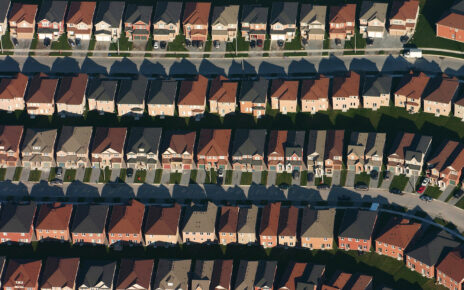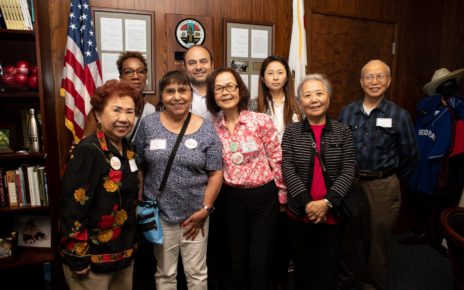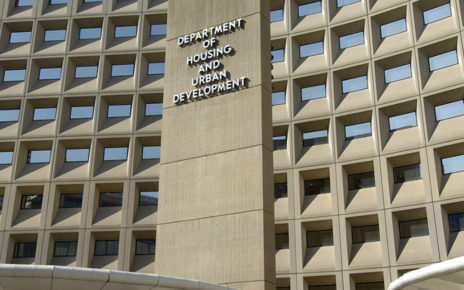By Colleen Bloom, Director of Housing Operations, LeadingAge
Below is a press release from HUD concerning implementation plans for development funding for low-income housing in certain areas referred to as “Opportunity Zones” (OZs), announcing as well plans for a new OpportunityZones.gov website and a new series of listening sessions (details not yet available).
In a nutshell, Opportunity Zones provide incentives for long-term private sector investment in economically distressed communities. State executives nominated census tracts to become qualified Opportunity Zones to the U.S. Department of the Treasury, which then certified the tracts as Opportunity Zones. The Opportunity Zone designation encourages investment in these census tracts by granting investors extensive Federal tax advantages for using their capital gains to finance new projects and enterprises (or substantially improve existing projects and enterprises) located within Qualified Opportunity Zones. Nearly 35 million Americans live in communities designated as Qualified Opportunity Zones.
There are more than 8,700 designated Qualified Opportunity Zones located in all 50 States, the District of Columbia, and five United States territories. Of these, approximately 40 percent are located in rural census tracts, 38 percent in urban census tracts, and 22 percent in suburban census tracts. Opportunity Zones represent significant investment opportunities.
Read LeadingAge’s Articles
- Opportunity Zones – a New Source of Development Funding
- HUD Secretary to Chair New White House Opportunity and Revitalization Council
Following is today’s HUD Press Release:
WHITE HOUSE AND HUD PUBLISH OPPORTUNITY ZONE IMPLEMENTATION PLAN
WASHINGTON, D.C. – The White House Opportunity and Revitalization Council (“Council”) today published its Implementation Plan, outlining to President Donald J. Trump a detailed work plan for how the Council—chaired by U.S. Department of Housing and Urban Development (HUD) Secretary Ben Carson—will accomplish the goals specified in Executive Order 13583 of December 12, 2018.
The Implementation Plan explains the various subcommittees of the Council, as well as describes the strategy to implement administrative reforms and initiatives that will target, streamline, coordinate, and optimize Federal resources in economically distressed communities, including Opportunity Zones. Read the Implementation Plan here.
“Few programs in modern American history have the potential to touch the lives of so many people as powerfully as Opportunity Zones, which are home to roughly 35 million Americans,” said Secretary Carson. “Through this Plan, the 16 agencies and the Federal-State partnerships that comprise the Council will help deliver the public-sector investment and guidance that communities need to unlock the full potential of Opportunity Zones to stimulate economic development and job creation.”
In this report, the Council is described as containing the following work streams and associated goals:
- Economic Development: Leverage Federal grants and loans in a more integrated way to develop dilapidated properties and provide basic infrastructure and financial tools to attract private investment.
- Entrepreneurship: Leverage government lending and grants to stimulate access to private capital and promote programs that assist entrepreneurs.
- Safe Neighborhoods: Combat drug addiction and the opioid crisis, reduce crime, enhance public safety, and address environmental contamination obstacles to development.
- Education and Workforce Development: Improve the efficacy of K-12 and community college career and technical education and workforce development programs to better prepare workers in distressed communities for jobs.
- Measurement: Develop robust reporting and analytics to measure the impact of Opportunity Zones.
More than 160 programs have already been identified by the Council in order to increase targeting to Opportunity Zones through grant preference points, loan qualifications, reduced fees, and eligibility criteria modifications. To date, the Council has already targeted nearly fifty of these programs.
In addition to developing an “OpportunityZones.gov” website, the Council and its Executive Director Scott Turner will be conducting listening tour sessions of rural, urban, and suburban Opportunity Zones and other distressed communities throughout the remainder of 2019.
###
HUD’s
mission is to create strong, sustainable, inclusive communities and quality
affordable homes for all.
More information about HUD and its programs is available on the Internet
at www.hud.gov and https://espanol.hud.gov.
You can also connect with HUD on social media and
follow Secretary Carson on Twitter and Facebook or
sign up for news alerts on HUD’s Email List



